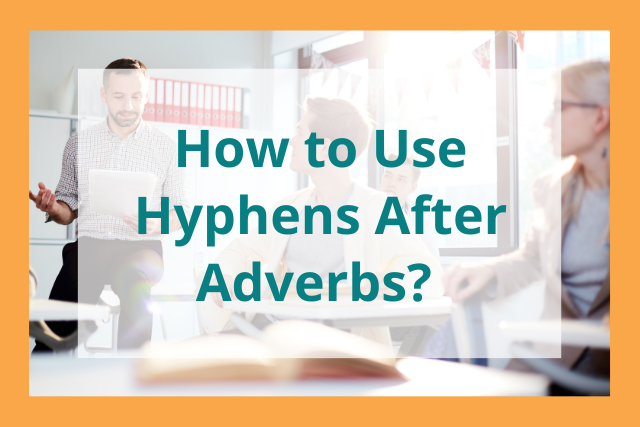
When a hyphen connects an adverb and an adjective (e.g. well-dressed), it is known as a compound modifier. Compound modifiers describe the noun that follows with greater precision.
But hyphens don't always come after an adverb and adjective. When the adverb ends in -ly, it needs no hyphen (e.g. highly regarded). If the adverb and adjective follow the noun instead of preceding it, you can also leave off the hyphen.
We use adverbs to modify or describe words such as verbs, adjectives, and other adverbs. We can also create compound modifiers by linking an adverb and adjective to describe a noun. In many cases, we use a hyphen to link these two words.
Examples:
- a well-dressed man
- my brown-eyed girl
- the best-designed robot
However, many adverbs end with the suffix -ly. When using these adverbs to create a compound modifier, do not use a hyphen.
Examples:
- a highly regarded study
- the dimly lit study
- the barely worn dress
Another adverb that doesn't need a hyphen is very. Treat very like an -ly adjective. She is a very tired girl, not a very-tired girl. Also, remember that some -ly words are not adverbs. You will still use a hyphen if the first word is not an adverb.
Examples:
- a family-minded man
- supply-side economics
The rules change when the compound modifier follows the noun. Different style guides have different rules about hyphens when the compound modifier is later in the sentence. For instance, the Chicago Manual of Style would say the man was well read.
The University of Iowa style guide says that modifiers with well should always be hyphenated. In that instance, the correct phrase would be the man was well-read. Always check your required style guide for more details.
